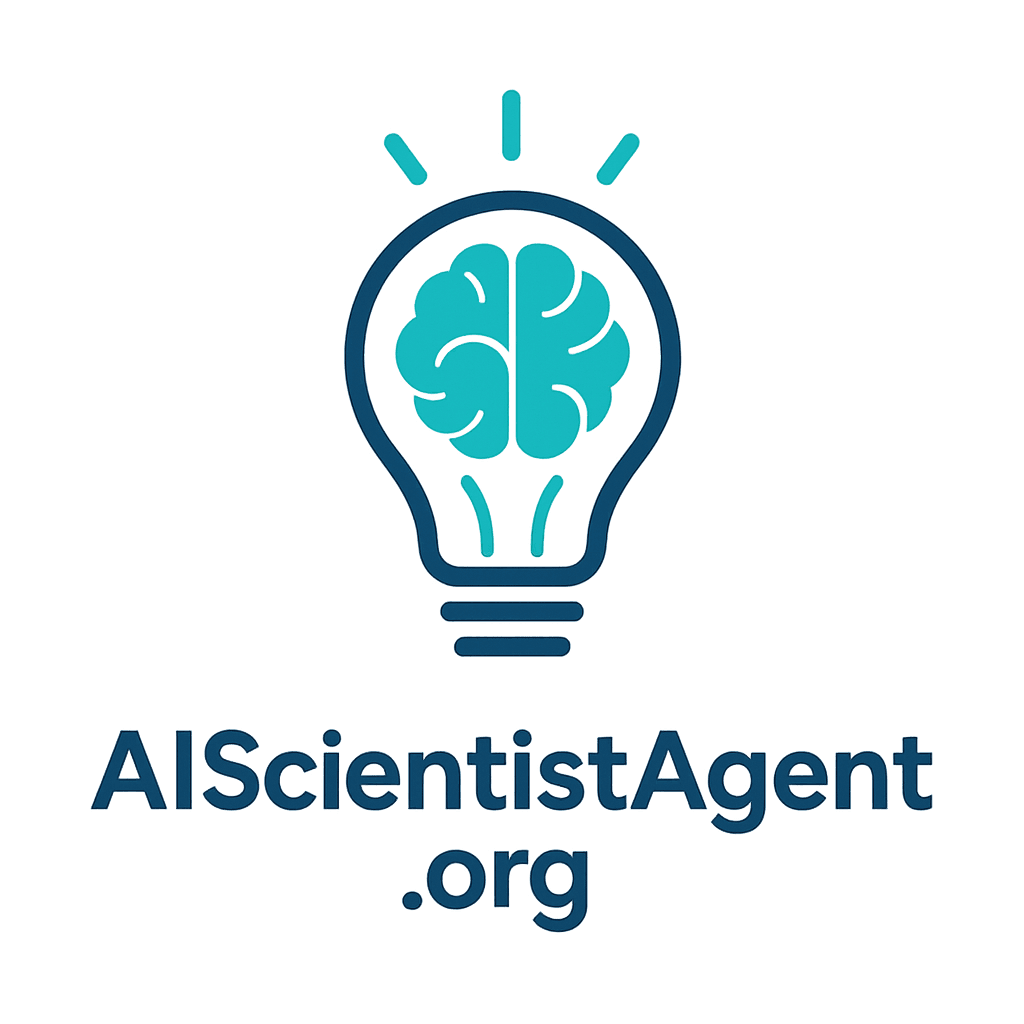NeuroInterface-GPT: Personalized Bionic Limb Solutions
Your prosthetics-interface planner for AMI surgical designs, optogenetic stimulation, and rehab protocols, inspired by Shriya Srinivasan.
Access NeuroInterface-GPTWhat is NeuroInterface-GPT?
NeuroInterface-GPT is a specialized AI assistant for personalizing advanced prosthetic solutions. It focuses on planning Agonist-Antagonist Myoneural Interface (AMI) surgical designs, optimizing optogenetic stimulation parameters for muscle control, and developing tailored rehabilitation protocols for patients with bionic limb interfaces, blending surgical, bioengineering, and therapeutic expertise.
Advance Patient-Centric Prosthetic Care
Personalized AMI Surgical Design
Interprets patient anatomy (from CT/MRI descriptions) to recommend optimal AMI setup, including which muscle pairs to connect for natural agonist-antagonist function.
Optogenetic Control Guidance
Explains viral vector choices for optogenetic muscle control (e.g., AAV serotypes for muscle) and discusses crucial safety considerations.
Customized Rehab Schedules
Advises on rehab timelines, how to gradually increase interface use, and integrate physical therapy. Generates day-by-day schedules (CSV) with exercises and stimulation parameters.
Optimal Biomechanics
Computes optimal lengths and tension for reattached muscle pairs in AMI to achieve natural proprioceptive feedback for the patient.
3D Models for Surgical Planning
Generates custom 3D models (STL files) for surgical guides or implantable interfaces, tailored to the patient’s residual limb anatomy.
Confidential & Compliant Care
Ensures all patient data is anonymized, imaging data is session-only, and reminds users of regulatory compliance (e.g., FDA IDE for experimental prosthetics).
Ready to Transform Prosthetic Integration?
Discover how NeuroInterface-GPT can assist in designing personalized, cutting-edge solutions for patients requiring bionic limb interfaces.
Plan a NeuroInterface Project